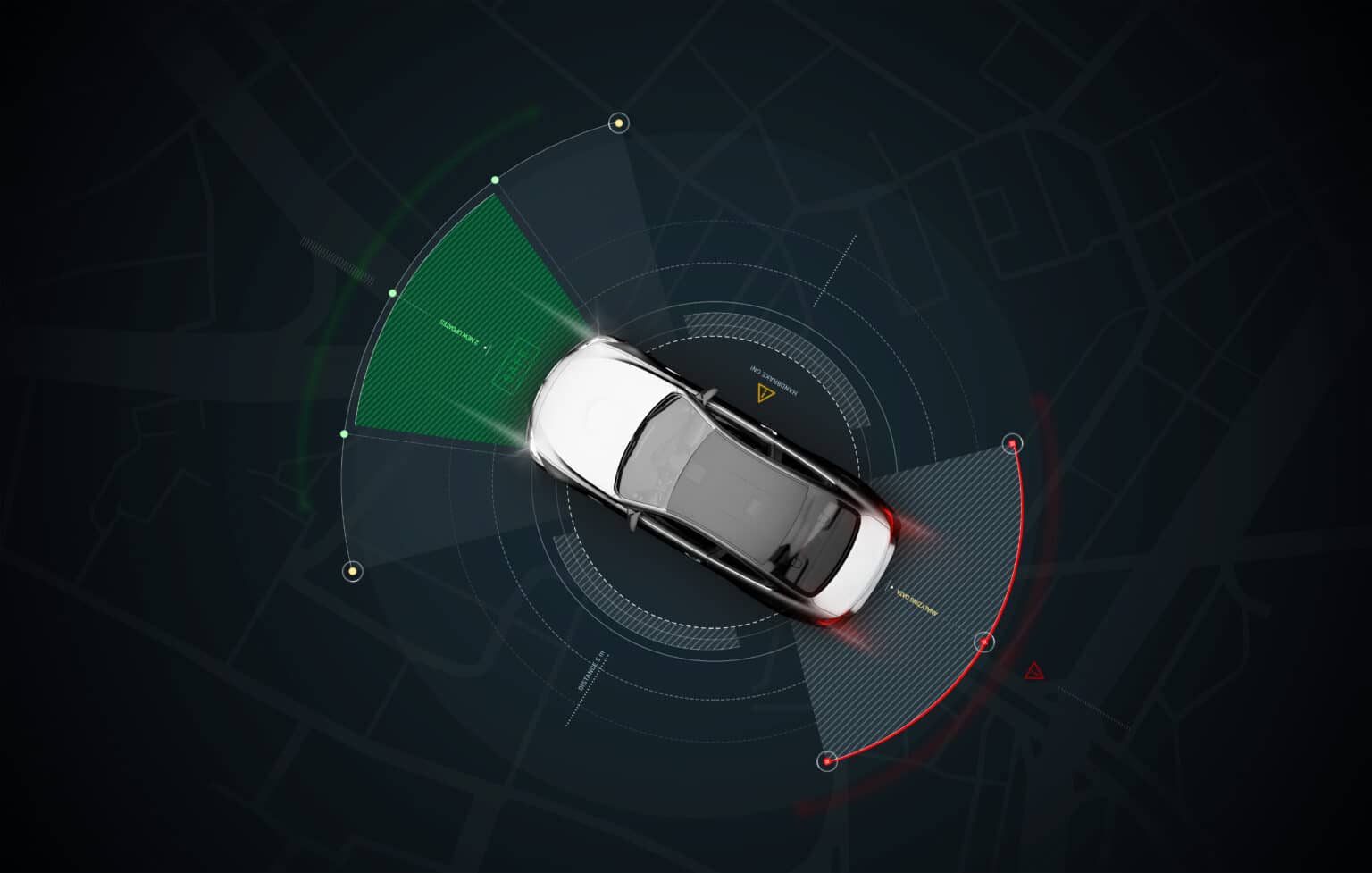Useful statistics for parking with FF Data Factory


James Thorpe
Share this content
Parking automation is becoming not just a popular trend within the framework of smart city projects. Today, it is an effective tool that allows owners and operators to streamline traffic in parking lots, increase capacity at entrances and exits and generally improve quality of customer service.
In addition, it is almost impossible to effectively manage impulses to increase revenue and control for human error without smart analytics. Not only that, but the use of such analytics will open up wide-ranging prospects in the development of loyalty programs for customers, the prevention of violations and, as a result, an increase in profits, obtaining various reports and establishing forecasting in doing business, etc.
These kinds of parking automation tasks can be done by the FF Data Factory smart platform for amalgamating disparate points of traffic data. It can become a reliable and effective “parking control assistant” for an owner or operator. Today, the Data Factory Business Logic Catalog includes the most popular parking automation tools by parking operators and integrators.
Let’s look at FF Group’s parking business logic in more detail.
The first step to automate business processes in parking lots is to count the cars that enter to determine the number of free spaces. To do this, all it takes is to set the number of total spaces and enter the cars that are currently there and start the process of counting free spaces. In this case, Data Factory business logic allows parking operators to conduct statistical analysis of work by day, week or month.
The ability to find a free parking space is very much in demand by drivers. But, there are limits on this free service in parking lots. Therefore, it is in the interest of the parking operator to ensure that drivers do not violate the established limit. For this purpose, a business logic was developed in Data Factory referred to as “occupancy time violation”.
This logic allows the parking operator to calculate the time the car stays in the parking lot. Two LPR cameras (connected with Data Factory) at the entrance and exit identify the vehicle and the operator sets in the Data Factory system the time paid by the client. If the duration of the vehicle’s stay is more than the paid time, then a violation signal is given.
Another business logic of Data Factory allows you to improve the customer experience in parking networks and even use the collected business data for marketing campaigns for the parking lots of restaurants or shopping malls.
For example, restaurant owners are interested in how much time the client spends on their premises or how many visitors come by per day. The system allows them to generate a client/visitor profile which in turn helps them effectively plan the staffing of the restaurant.
How to set up Data Factory in a parking system
The following step-by-step configuration actions should be taken:
1. Install the cameras with the embedded LPR app from FF Group, Axis or Hanwha, on one network with your server and set up the apps for recognition
2. Install FF Data Factory on the server and connect the cameras
3. If you have Milestone XProtect installed, this is done automatically. If you are using a standalone version of Data Factory, you have to add cameras to FF Data Factory manually
4. Setup every camera app for sending data to the receiving server address. You will get data from all the cameras to one database in real time, allowing you to immediately start searching for cars
5. After this, you can configure access for different users and configure your dashboards
Should you be implementing your own parking system to satisfy customer needs, FF Group might serve your need with FF Data Factory parking management business logic.



